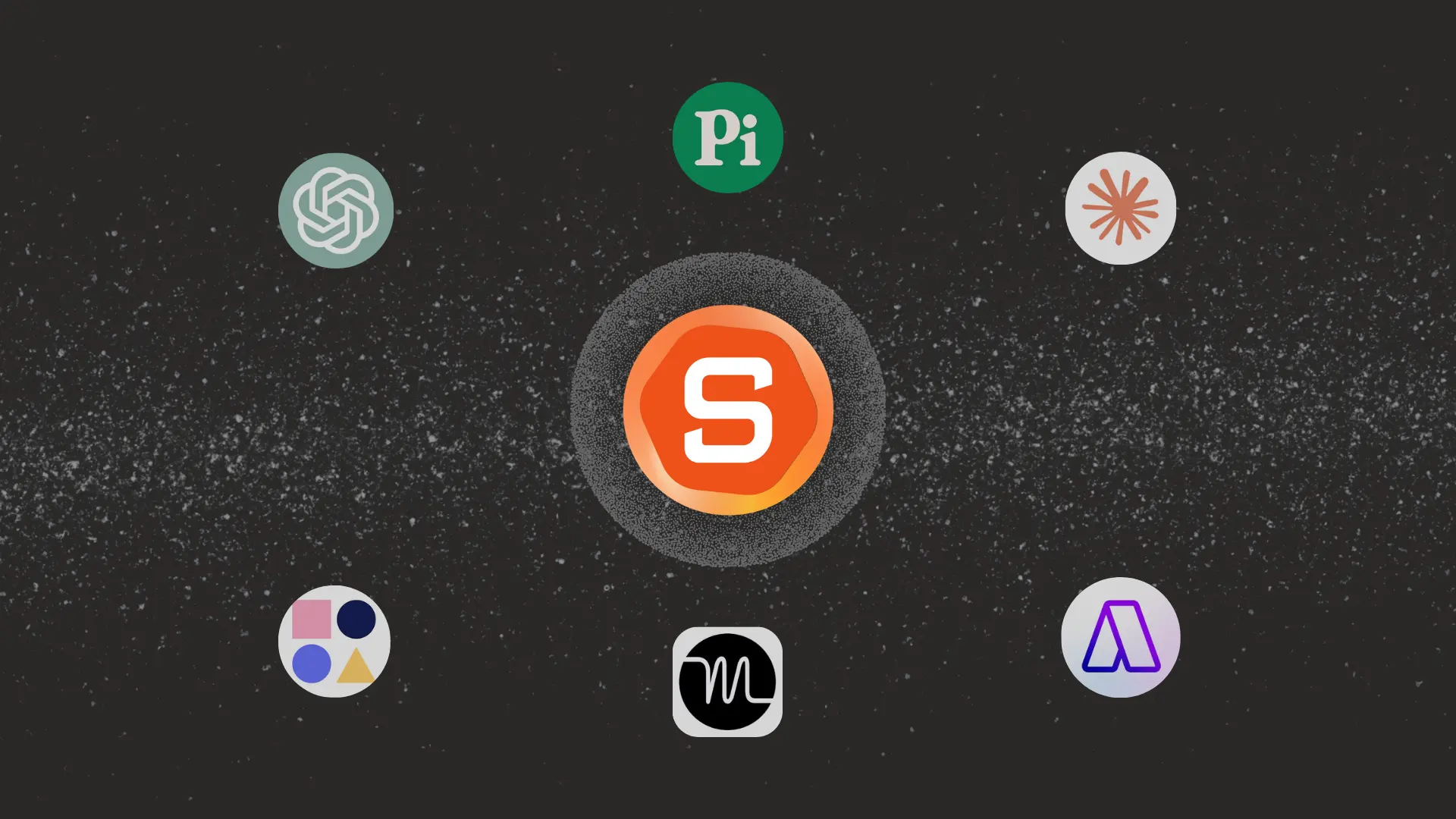ADHD task switching
Are you scrolling, scrolling, scrolling, your thumb keeps swiping up and your eyes start to glaze over, there’s a voice in your head telling you to “put down that stupid phone!” but you cannot stop this action
Or what about those times when you’re so focused on something you love that you’re so engrossed in it that someone walks into the room and starts talking but you can barely hear them?
Or maybe you hear them, but instead of admitting that you should have listened, you feel rage boiling inside?
That’s your brain working accordingly. Your brain is telling you no – I will NOT stop this activity. I refused to stop and kept going.
Why is it so difficult to switch from one thing to another? Let’s dive in and find out.

Task switching, also known as cognitive flexibility, is your brain’s ability to pivot between activities.
Imagine you’re deep into writing an email, but then you hear a notification on your phone.
> Task switching is the mental gymnastics required to stop what you’re doing, refocus on the notification, and then (hopefully) get back to that email.
For most people, this mental shift can be a bit tiring. But for individuals with ADHD, task switching is not impossible, but boy, does it take effort.

People with neurodivergent conditions like ADHD often face unique challenges due to an imbalance of neurotransmitters in certain brain areas, such as the frontal lobe, limbic system, RAS, and basal ganglia.
People with ADHD may struggle with:
- Task paralysis and difficulty starting or continuing tasks due to overwhelm or indecision (*).
- Inattention and distractibility, making it hard to maintain focus during transitions.
- Hyperfocus, where they become so engrossed in a task that they have trouble disengaging (*).
- Working memory deficits, making it easier to forget what they were doing and pick up where they left off.
These imbalances can affect their ability to switch tasks, make decisions, and control impulses. This might manifest as difficulty in prioritizing tasks, starting or maintaining work, and managing emotions.
Many individuals with ADHD also tend to be perfectionists, which can lead to task paralysis—where they feel overwhelmed and unable to start or complete tasks. They might also experience time blindness, making it hard to keep track of time and manage it effectively.
Despite these challenges, it’s common for people with ADHD to exhibit remarkable persistence and sometimes even hyperfocus, where they can become deeply engrossed in certain activities to the exclusion of others.
Understanding these aspects can help in developing more effective strategies to support individuals with ADHD in managing their day-to-day activities and achieving their goals.
Having ADHD can sometimes make it challenging to switch from one task to another. But don't worry, there are some friendly strategies that can help make task-switching a bit smoother!
1. Start with a Clear Plan
Outline your day with specific times allocated for each task. Break down larger tasks into smaller, manageable steps and sprinkle in enjoyable activities. For example, after an hour of focused work, you might plan a 15-minute break to listen to your favorite music or a quick podcast episode. This not only gives you something to look forward to but also refreshes your mind for the next task.
Example: In the morning, write down a schedule:
- 9:00 AM – 10:30 AM: Work on the report.
- 10:30 AM – 10:45 AM: Break (enjoy a snack).
- 10:45 AM – 12:00 PM: Continue with the report.
- 12:00 PM – 12:30 PM: Do laundry.
- 12:30 PM – 1:00 PM: Lunch break.
- 1:00 PM – 2:00 PM: Finish the report.
- 2:00 PM – 3:00 PM: Prepare dinner ingredients.
2. Get Moving
Incorporate short, active breaks to help reset your focus.
Even a brief stretch, a walk around your room, or some jumping jacks can increase blood flow and help clear your mind, making it easier to transition to the next task.

3. Refresh Your Environment
Small changes in your surroundings can signal your brain that it’s time to shift focus. Try rearranging your desk, opening a window for fresh air, or changing your background music. These cues can help minimize the mental effort required to switch tasks.
Example: After finishing the report and before starting laundry, change your environment by moving to a different room or simply reorganizing your workspace. This physical change can help signal to your brain that it’s time for a new task.
You can learn about creating an ADHD-friendly workspace here

4. Use Timers and Alarms
Set a timer for each segment of your work. This helps keep you accountable and ensures that you’re moving on to the next task as planned. It’s a simple tool that can help you stay on track without feeling overwhelmed by the breadth of the day’s responsibilities.
Example: Set a timer for each task segment. For instance, set 90 minutes for working on the report, then a timer for 15 minutes to complete a part of the laundry, and so on. This helps keep you on track and mindful of time.
5. Visual Reminders and Checklists
Keep a visible checklist of your daily tasks. As you complete each item, checking it off can provide a tangible sense of progress and achievement.
You might also use colorful post-it notes or digital reminders that pop up to keep you pointed in the right direction.

6. Break Tasks into Chunks
If a task seems too big, slice it into smaller pieces. Each piece completed is a step forward and reduces the anxiety of facing a large, daunting project. This method makes it easier to start each task and provides frequent satisfaction from small victories.
For example: Imagine you have a checklist visible on your desk or refrigerator. As you complete each task (report, laundry, dinner prep), check it off.
This visual progress can be very motivating and help you see what’s next without feeling overwhelmed.
7. Reward Yourself
Set up a reward system for completing tasks or making significant progress.
This could be as simple as a cup of coffee after finishing a challenging assignment, or a short walk after a productive morning. Rewards help maintain motivation and make the effort feel worthwhile.
By integrating these strategies into your daily routine, you can enhance your ability to switch tasks more smoothly and maintain productivity throughout the day.
Remember, the key is consistency and finding what personally works best for you to create a sustainable and enjoyable workflow.

8. Bonus: Connect with your Emotions
It’s not just about productivity—it’s also about how task switching feels. If you find transitions emotionally draining, try these tips:
- Pause for reflection: Take a deep breath before moving on.
- Acknowledge your feelings: It’s okay to feel frustrated or stuck. Naming the emotion can help diffuse it.
- Practice self-compassion: You’re not lazy or unmotivated—your brain just works differently.
Conclusion
Task switching can be particularly challenging for individuals with ADHD due to the unique ways their brains handle focus, memory, and emotional control.
However, with the right strategies in place, navigating between tasks can become smoother and less daunting.
By setting up a clear daily plan with specific times for each activity, incorporating short physical breaks, refreshing one’s workspace, and using timers to keep track, those with ADHD can significantly enhance their ability to shift gears throughout the day.
These practical steps not only help manage daily tasks but also empower individuals with ADHD to leverage their unique strengths.
Additionally, you can read the full guide on Time Management Strategies for Individuals with ADHD



